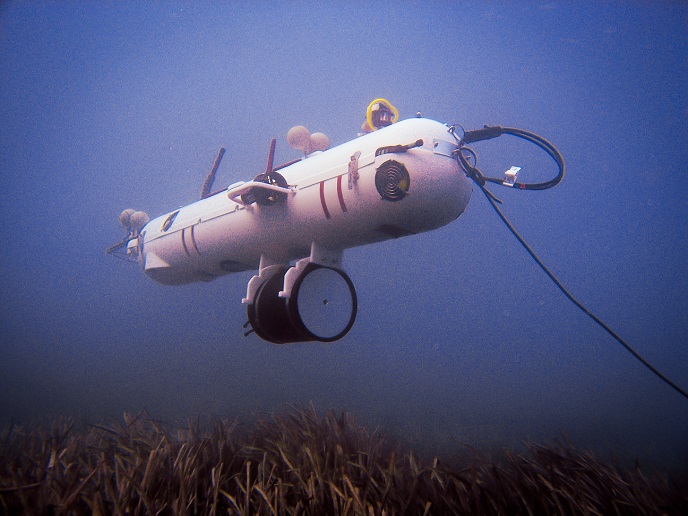The changing face of biometrics
Biometrics is a means of identification of an individual through his own physiological characteristics, such as the iris, fingerprints, face and voice. Practically, in biometrics, the physiological characteristics of a person are translated through an algorithm to data that is stored in a database. Then, when this person needs to be identified, his characteristics, after being captured and codified through the same algorithm, are compared with the other codes in the database, in order to verify its authenticity. The U-FACE project, funded by the European Commission's IST programme, has used facial biometrics technology in order to build an innovative access control method. The system is based on the use of a digital camera that scans the human face and obtains the necessary image data. This data, through sophisticated software, is compared with stored authorised data of faces and, if recognised allows access. A password and a smartcard containing the digitised face data are also required as complementary security measures, rendering the system even more powerful. The system has been tried out in both medical practice and in a publishing company, demonstrating extremely promising results. Facial recognition proved to be appealing since it is natural, easy to use and overcomes user hesitation to biometrics such as fingerprint and iris recognition. However, it presents certain limitations concerning the quality of image and problems due to facial changes such as make-up, spectacles, hairstyles and so on. In this direction, statistical models of facial appearance have also been developed, allowing the synthesis of an infinite number of different faces, based on possible face variations. The application can be used in several areas requiring secure authentication such as in the financial services industry and the healthcare sector, where data is very sensitive. In addition, it can be applied in authenticating candidates taking online examinations in the context of an e-learning course, or even in immigration control. What it is more fascinating, the U-FACE techniques are already employed in order to make computer games faces more realistic and consequently convincing.







